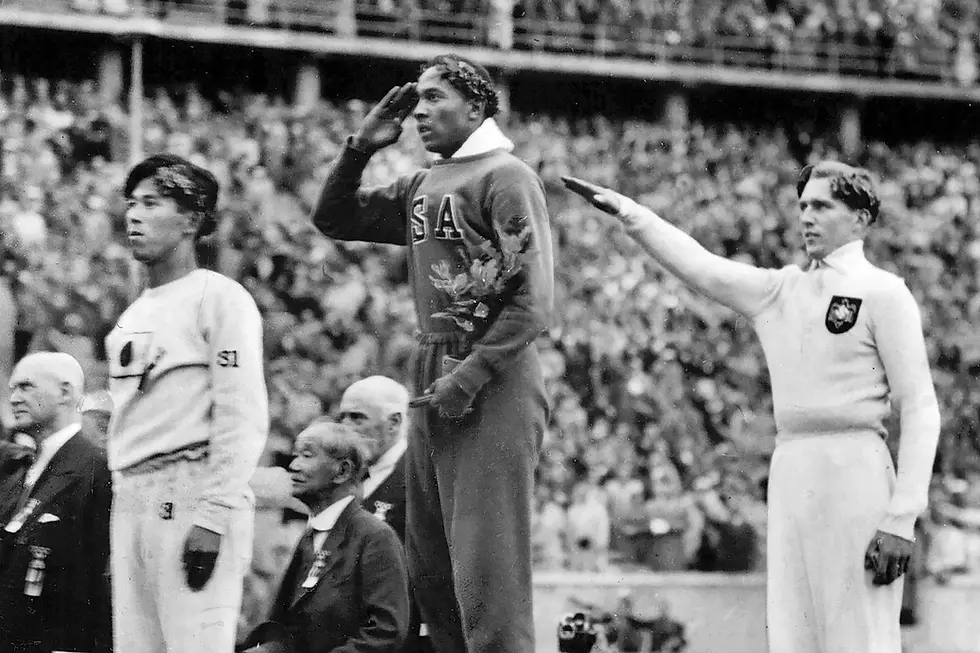Top Discipline Books: Master Proven Strategies for Raising Well-Behaved, Happy Kids
- demacedogroup
- Oct 21, 2024
- 4 min read

Disciplining children is one of the most challenging aspects of parenting and teaching. Whether you're dealing with tantrums, defiance, or setting boundaries, having the right tools can make all the difference. This is where the top discipline books come in, offering research-backed methods and strategies to foster better behavior and relationships.
In this post, we'll take a deep dive into the best discipline books that not only help shape behavior but also nurture emotional intelligence and connection. These books are perfect for parents and educators looking for effective, compassionate approaches to discipline.
1. The Whole-Brain Child by Daniel J. Siegel and Tina Payne Bryson
Why It’s One of the Best:This book is a must-read for anyone looking to understand the neurological and emotional aspects of a child's behavior. Siegel and Bryson take a science-based approach to discipline, focusing on how brain development impacts behavior. They break down complex neuroscience into easy-to-understand tips for integrating discipline strategies that align with a child's cognitive abilities at different ages.
Key Takeaway:You'll learn about "upstairs" and "downstairs" brain functions and how to address misbehavior by fostering emotional regulation instead of punishment.
2. No-Drama Discipline by Daniel J. Siegel and Tina Payne Bryson
Why It’s One of the Best:Written by the same duo as The Whole-Brain Child, No-Drama Discipline expands on the brain-based approach but focuses more on guiding children toward self-discipline rather than enforcing external punishment. It emphasizes building meaningful connections, even during moments of conflict.
Key Takeaway:Discipline is not about control—it's about teaching. You’ll learn how to connect with your child while still setting firm, loving boundaries.
3. The Explosive Child by Dr. Ross W. Greene
Why It’s One of the Best:For parents and educators dealing with particularly challenging behaviors like outbursts or defiance, The Explosive Childoffers a revolutionary approach. Dr. Greene’s Collaborative & Proactive Solutions (CPS) model teaches adults how to work with, rather than against, the child to resolve behavioral challenges.
Key Takeaway:This book shifts the mindset from “How do I make my child behave?” to “How can we solve this problem together?”
4. 1-2-3 Magic by Thomas W. Phelan
Why It’s One of the Best:1-2-3 Magic is a practical guide to stopping negative behavior without yelling or arguing. Phelan provides a simple, structured three-step system for managing difficult behaviors while encouraging positive ones. This book is especially great for younger children, but its strategies can be adapted for older kids as well.
Key Takeaway:You’ll get straightforward techniques for immediate behavior management that are easy to apply, even in chaotic situations.
5. How to Talk So Kids Will Listen & Listen So Kids Will Talk by Adele Faber and Elaine Mazlish
Why It’s One of the Best:Faber and Mazlish’s classic book offers timeless advice on communication with children. The book is based on the idea that better communication leads to better behavior. The authors share practical tools to encourage cooperation, avoid power struggles, and nurture respectful relationships.
Key Takeaway:Effective discipline starts with communication. This book provides scripts and real-life examples to help parents and teachers become better listeners and communicators.
6. The Self-Driven Child by William Stixrud and Ned Johnson
Why It’s One of the Best:This book focuses on giving children a sense of control over their own lives, which is a key factor in fostering motivation and self-discipline. Stixrud and Johnson blend psychological insights with practical advice on helping kids become more resilient and self-reliant.
Key Takeaway:Empowering children with autonomy helps them develop self-regulation skills and reduces behavioral issues linked to power struggles.
7. Parenting with Love and Logic by Charles Fay and Foster Cline
Why It’s One of the Best:Parenting with Love and Logic is about teaching children responsibility and consequences. It encourages parents to allow natural consequences to play out, which helps children learn from their own experiences. This approach reduces power struggles and encourages thoughtful decision-making.
Key Takeaway:Children need to learn to solve their own problems, and this book provides a framework for doing so while maintaining parental guidance.
Why These Books Are Essential for Every Parent and Teacher
Each of these books brings a unique perspective to the table, but they all share a common theme: discipline is not about punishment but about teaching and connection. The best discipline books go beyond managing behavior—they help children develop emotional intelligence, self-regulation, and respect for themselves and others. Whether you’re a parent or an educator, these books will equip you with the tools to create a peaceful and structured environment that promotes learning and growth.
Bonus Tip: How to Use Discipline Books Effectively
Reading these books is just the first step. To truly make an impact:
Reflect and adjust: Not every technique will work for every child. Be flexible in adapting strategies.
Stay consistent: Discipline requires patience and consistency.
Practice empathy: Always consider the underlying emotional needs behind a child's behavior.
By integrating the strategies from these top discipline books, you'll be better equipped to navigate the challenges of raising and educating children, fostering not only well-behaved kids but also emotionally intelligent and empathetic ones.
Conclusion: Top Discipline Books
These top discipline books provide a blend of theory and actionable advice, ensuring parents and teachers are equipped with the knowledge to guide children towards positive behavior while nurturing their emotional well-being. Whether you're facing everyday challenges or dealing with more explosive behaviors, these books offer the tools you need to create lasting, meaningful change.





















Comments